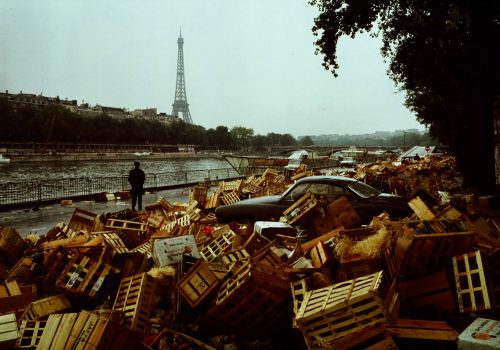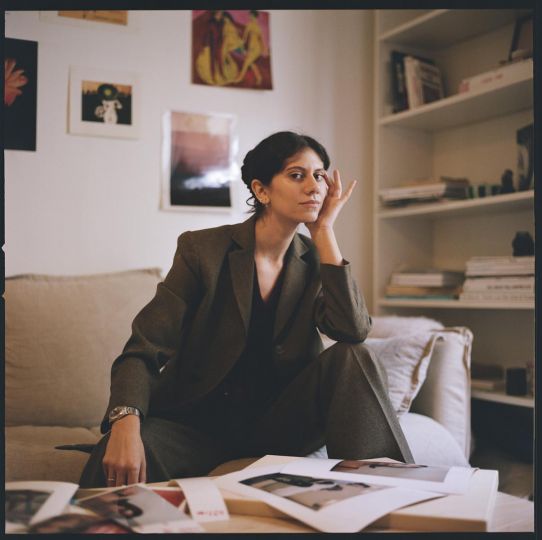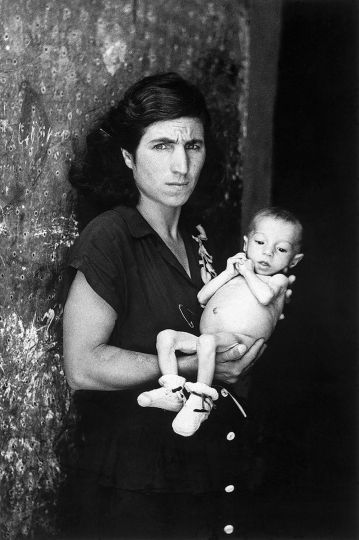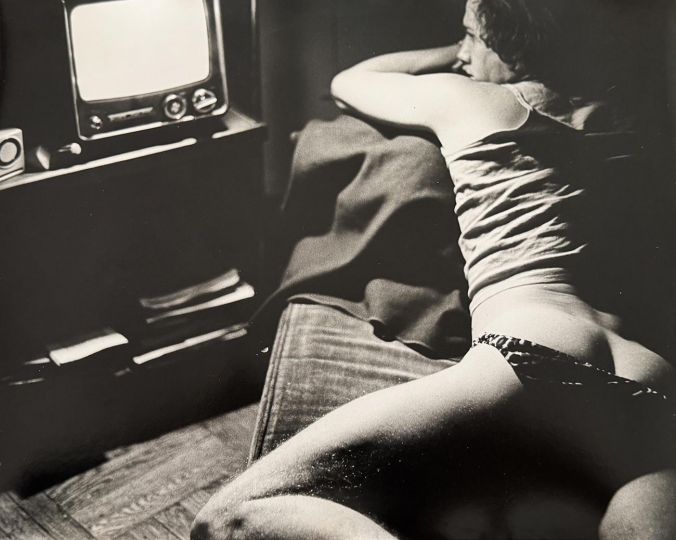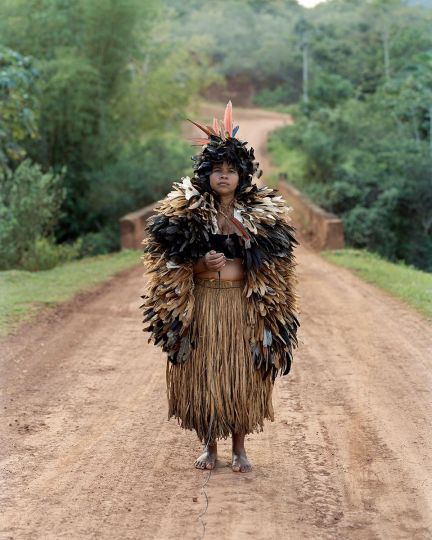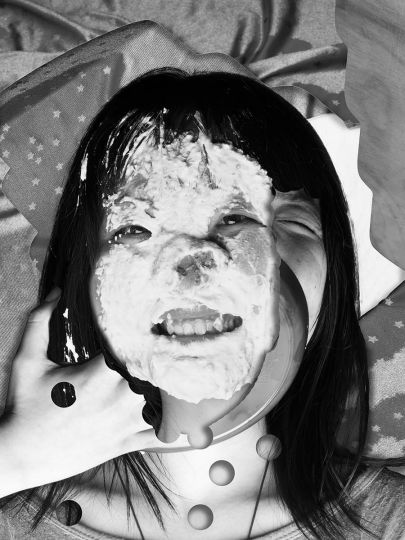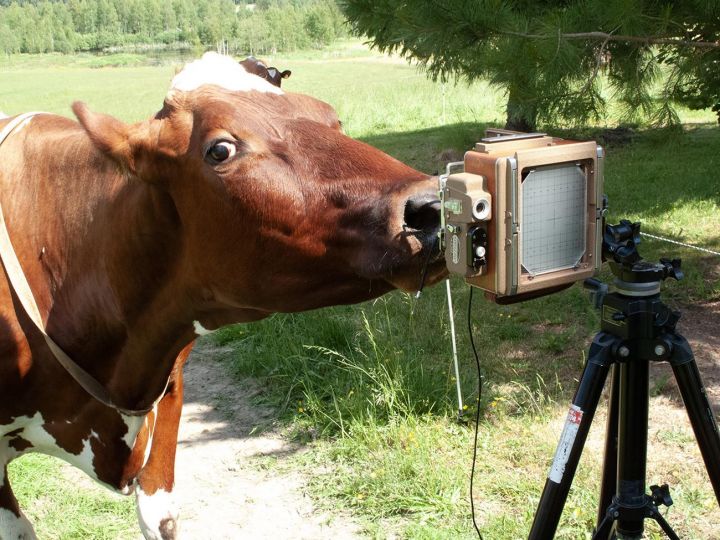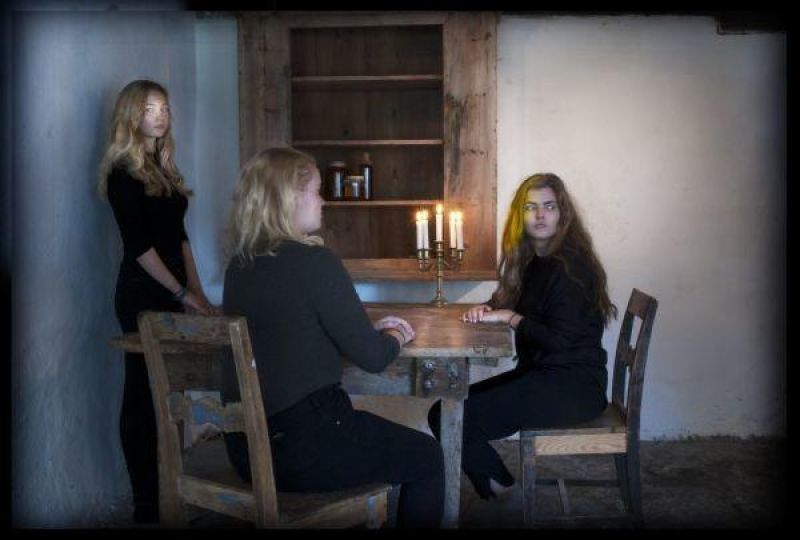They names are Florence and Damien Bachelot.
They are passionate about photography and collect it.
Their collection is beautiful, engaged, humanist.
You will discover it throughout these next months in the Eye of Photography with a regular column.
Last month in South Korea, they presented at the biennial photo Daegu an exhibition organized by the curator Françoise Docquiert, here are some images, as well as the texts that accompanied the exhibition.
Jean-Jacques Naudet
Exemplary Collectors : a look at the Florence and Damien Bachelot collection
Florence and Damien Bachelot are exemplary collectors. In a little over twenty five years, they have put together one of the best collections of the twentieth century photography – today more than six hundred items- following two principles : to exclusively acquired period prints of a exceptionnal quality and to favor – with now more and more exceptions – black-and-white prints which are more abstract and serve a sort of aesthetic back-and-forth , still today a common thread through the history of photography.
At first, the Bachelot were more interested in prints made by French humanist photographers – including Brassai, Robert Doisneau, Willy Ronis, Janine Niepce and Cartier-Bresson – and then their curiosity shifted to Americans – Sid Grossman, Bruce Davidson, Nan Goldin, Saul Leiter, Joel Meyerowitz – which renforced a collection already enriched by youngers photographers such Lisa Rose, Luc Delahaye, Stephane Couturier and Ambroise Tezenas…
For them, collecting is a sort of intellectual construction, patiently built from examples, impulses, sometimes blind reactions, enthusiastic burts, more or less eccentric judgments and joyful expectations. And if the Bachelot justify their choice by successive favorites, they ultimately search for a certain coherence between the works they strive together.
The collection is thus an incentive to research and study, tied to a progression of their taste. They are always guided by intuition when going to encounter a work. The relationship with artists remains important : they try to know everything about their work, about the sincerity and consistency of their approach, about their position in the art world. Since they are alone responsible for their choices, the Bachelot develop in the direction of an assertive rigor to always express their free choice.
As private collectors, in the world of images, Florence and Damien Bachelot play a major role of counterpoint and stimulation. By showing a part of their images to a large public, they want to share a part of their rarely exhibited images.
Françoise Docquiert
The car, a symbol of modernity – Photographs from Florence and Damien Bachelot’s collection
“I think that cars today today are almost the exact equivalent of the great Gothic cathedrals; I mean the supreme creation of an era, conceived with passion by unknown artists, and consumed in image if not in usage by a whole population, which appropriates them as purely magical object.” Roland Barthes, Mythologies, 1957, translated by Annette Lavers.
The development of modern life has involved a growing space devoted to the car, viewed as much as an object of social identification as a symbol of modernity.
Who better than photography could patiently testify to these upheavals?
In the early twentieth century, the car and the camera indeed both knew, almost simultaneously, major technical developments sharing as a common point a quest for speed. The practice of automobile tourism met another one, that of amateur photography.
In such a context, it is hardly surprising that professional photographers immediately appropriated that particularly photogenic object, bearing multiple meanings. A large number of them, worldwide, took to photographing cars in their daily environment, parked on the streets of the main cities, Paris and New York among many others… These artists view the car as a kind of medium and are interested in the various aspects of its culture, such as petrol stations, car parks, garages. In these photographers’ eyes, the fascination the car exercises gets reinforced by its great visual appeal and evocative power.
The intelligence of a collection notably lies in its ability to record the mutations of its time. For Florence and Damien Bachelot, photography reveals the contemporary society and opens up a new narrative of the world. No wonder then that we can find a large number of images of cars among the six hundred pictures in their collection.
About fifty of them will be on show at Daegu 2018 biennial exhibition, depicting, through specific gazes and critical readings, fragments of a social reality illustrating more than a century of car use.
Thus Le conducteur au volant de sa voiture (The driver driving his car) by Jacques-Henri Lartigue, French painter, writer and photographer. His celebrity will wait until the 50s with a “failed” picture of a formula 1. In 1912, during the Grand Prix of the Automobile-Club of France, Lartigue is surprised by the speed of a car, he follows her viewfinder and triggers. During the development, he finds that everything is moved, deformed and that the car is badly framed. He does not shoot the photo and the fate of his archives in 1950. It’s a huge success. All that had done that the image was missed now participates in its dynamism: the blur of “shake”, the deformation of the wheels, the framing of the car that goes so fast that it is already out of the frame ….
Policier parisien réglant la circulation, place de la Madeleine (Parisian policeman regulating the traffic, Place de la Madeleine), the nod of Robert Doisneau to the police officer of Paris, he who, from 1934 to 1939, at age 22, enters the photo service of the Renault factories in Billancourt. From these five years spent at Renault will be born a prodigious collection, precious witness of a mythical company, but also of a place and a time.
Rue de la Mare or Ménilmontant, the clichés of Willy Ronis and his cars unveil the indestructible links that have attached to the City of Light until his death in 2009, at 99 years.
Brooklyn Gang.Bruce Davidson, a huge black-and-white photographer, celebrated Brooklyn’s cars and gangs in the 1960s with formal power, a social and political dimension, and a deep humanity. Again, the car documents his shots.
More recently, Philippe Chancel, in his series Drive thru Flint, is the witness of the decay of Detroit, a long time symbol of progress with its three great giants of the automobile – General Motors, Ford and Chrysler. But from the beginning of the 80s, the car industry in the US collapsed. Detroit is renamed “Murder Capital.”
The masterful use of color photography is the hallmark of Saul Leiter, Harry Gruyaert and Joel Meyerowitz. Each of their photos reveals a clean and unique universe, built with a mastery of color, light and composition. They each took the narrative power of the car in their own way and Joel Meyerowitz confirms it: “I started to understand that the glass of the car was the frame and that, in a way, the car itself was the camera with me.”
The car will soon be able to drive without a driver. The photographic technique changes with the digital age, social networks and connected tools. Yet photographers are still fascinated by cars because this modern icon still symbolizes accelerated freedom.
Françoise Docquiert
.

